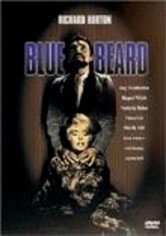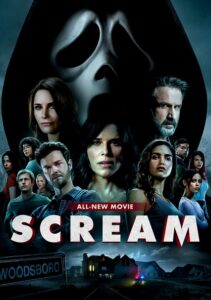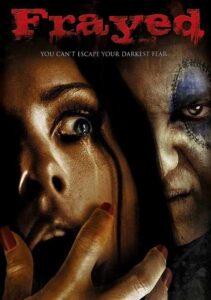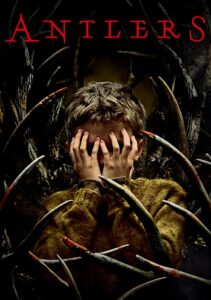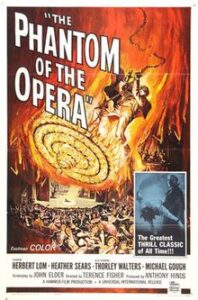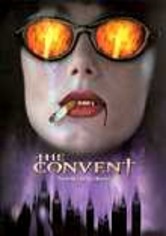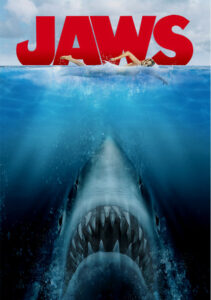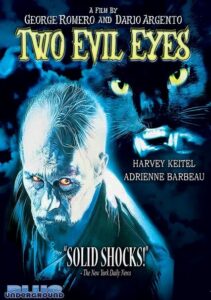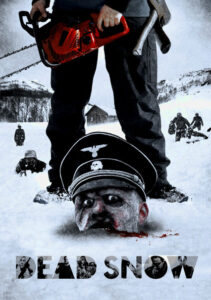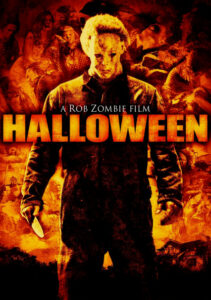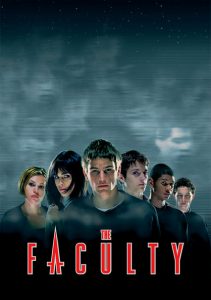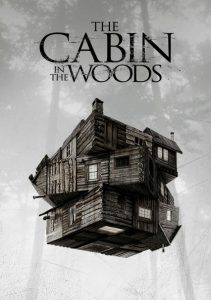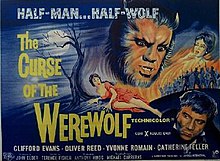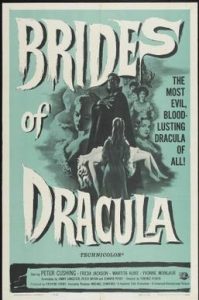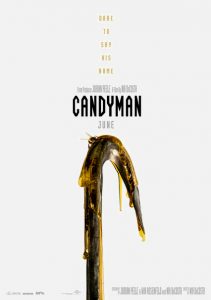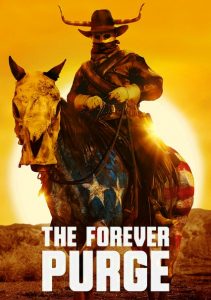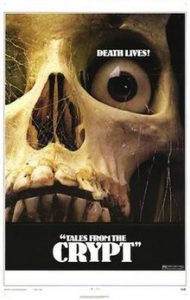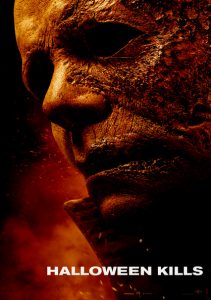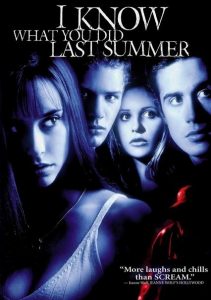Bluebeard-1972
Director Edward Dymtryk
Starring Richard Burton, Joey Heatherton
Scott’s Review #1,293
Reviewed August 23, 2022
Grade: A-
My expectations of Bluebeard (1972) were of a late-night foray into the world of weird horror. The story is loosely based on a French folktale of a nobleman with a curious wife forbidden from entering a mysterious room. I was anticipating an entertaining experience but nothing more.
To lower expectations, the critic reviews of the film were quite harsh, ridiculing and ripping upper-class actor Richard Burton to shreds calling this film the decline and fall of his career.
Instead, I was treated to luscious art direction created on a small budget and a fascinating, macabre story about a man nicknamed ‘Bluebeard’ (Burton) who kills each of his six former wives while revealing his dirty deeds to wife number seven, Anne, (Joey Heatherton) who he plans to kill.
We learn that Austrian aristocrat Baron von Sepper (Richard Burton) would rather kill his wives than divorce them. It’s the 1930’s and he is a decorated war hero with a secret or two. A lady’s man meets the most beautiful women but quickly becomes bored with them.
He hides their remains in a secret refrigerated room and Anne stumbles upon their corpses. Now, she must escape his clutches to avoid becoming his next victim.
Burton is famous for being the husband of Elizabeth Taylor and appearing in superior films like Who’s Afraid of Virginia Woolf (1966) and The Robe (1953) and was a much sought-after Hollywood star during the 1950s and 1960s.
By the time of Bluebeard’s making, he was a raging alcoholic and needed the film work. However, intentionally or not he is a fabulous addition to the film whether he was sober during shooting or not. He perhaps doesn’t even recall making it.
The most fun with Bluebeard is the anticipation. Once I realized the film was working backward and detailing each of Bluebeard’s six former wives’ murders I was hooked! Each murder is better than the last and poor Raquel Welch as Magdelena is locked in a tomb alive.
In the comical form, the actress plays a slutty nun.
One particular scene had me tickled pink. Bluebeard’s third or fourth wife, a gorgeous blonde who is a chatty ‘motor mouth’ and eager to dive into bed with her new husband, is decapitated via guillotine when she thinks she will finally become intimate with him.
It’s a fabulous sequence that I had to watch twice.
The decapitation scene is nearly rivaled by a titillating girl-on-girl scene between Nathalie Delon and Sybil Danning who plays a prostitute hired to teach Bluebeard’s wife how to enjoy the pleasures of touch and eroticism.
They quickly get naked and kiss.
Instead of being aroused as any straight man would, Bluebeard takes a shear to them impaling them to death one on top of the other. We then realize he is quite inadequate in the sexual department.
It should go without mentioning that folks looking for a PG affair need to look elsewhere. There are enough breasts bared to make the prudish blush mightily. The lesbian scene might leave them running for the hills.
No, Bluebeard is an adult venture for those desiring a healthy serving of female flesh with their bloodletting. The male actors are spared any nudity- that’s the way cinema was back then.
Heatherton does surprisingly well paired with Burton and the chemistry works between them. She is not a top-quality actress but she is appealing and we root for her to escape the madman.
The art direction is tremendous and reminiscent of the attention to detail and craft that Hammer Horror films were able to create around that same period. The velvet red walls in Bluebeard’s massive estate ooze with royalty and sophistication. Each table, chair, and set piece is perfectly placed.
Of course, Bluebeard is pure camp and over-the-top shenanigans but it’s a hoot all the way, never dragging nor taking itself too seriously.
I was pleasantly pleased by Bluebeard (1972) and consider it a must-see for Burton fans desiring some later works sans Elizabeth Taylor. It’s not high-art but it sure is delicious Saturday night fun.
